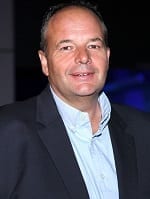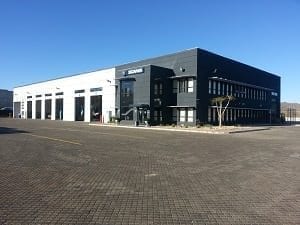 Clifford Marchbank tells Tristan Wiggill about the life of a commercial vehicle OEM in Namibia.
Clifford Marchbank tells Tristan Wiggill about the life of a commercial vehicle OEM in Namibia.
“Due to the small market, we must target all industries to maintain market share. The bus market is limited to tourism and staff transport to the mines. Mining and construction trucks are new segments, which we have started concentrating on this year,” he says.
Long-haul transport has been the company’s bread and butter since 1975 when Scania was established in the country. Limited production of food, beverages, and general manufacturing means almost everything is transported from South Africa. In fact, the only products leaving the country are fish and charcoal; so, limited loads travel back to South Africa, or to other African countries. The population stands at around 2.2 million people with a 55% unemployment rate. “We currently run an apprentice programme in conjunction with the Namibian Institute of Mining and Technology, where apprentices spend five years doing their practical at Scania and get employed when they qualify. Scania also has a wellness programme and an on-site nurse that comes in, twice a week, for medical checks and free medication, if needed.” All vehicles and parts are sourced from South Africa. Upon placing an order for a truck that is stocked in South Africa, it can be delivered to the customer within five working days. If it needs a body or any auxiliary equipment, it could take up to a month, depending on the type of body. All trucks are driven to Namibia by a contracted transporter. “All parts orders placed no later than 16:00 every day, arrive in Windhoek at 13:00 the next day. The outlying areas of Rosh Pinah (900 km from Windhoek), Tsumeb (500 km from Windhoek), Ondangwa (700 km from Windhoek), and Swakopmund (350 km from Windhoek) normally take an additional day. If parts are not stocked by an importer, they will source them from dealers in South Africa or import them from Belgium, which normally takes 7 to 10 days,” he concludes







